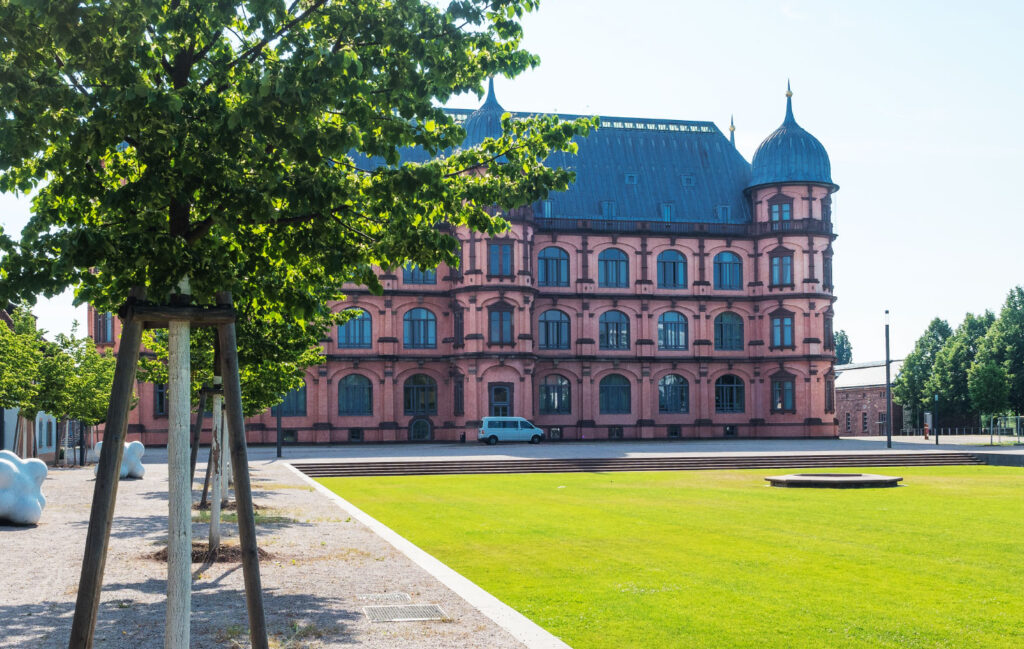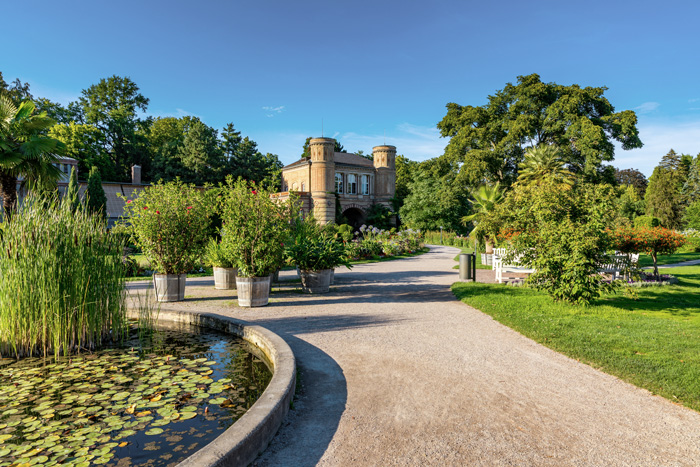One of the most important sights in Karlsruhe is the castle with the distinctive castle-tower and the castle garden, which is a popular recreation area for the citizens of Karlsruhe. Also worth seeing are the Schwedenpalais, the State Museum of Baden and the modern centre for arts and media. You can find out more about Karlsruhe in the popular costume performances. Accompany the gossip girl Mimi on her walk through the city and learn how the nobility lived, disputed and loved in the castle.
If you want to take a walk, the zoological city garden is perfect. Especially children are fascinated by this garden, which is one of the oldest and most beautiful gardens in Germany. The visitors make a small journey around the world to the habitat water, they discover the mountains of the Himalayas and dive into the beauty of the African savannah. In the exotic house you can see 2,000 animals, among others rare birds, bats and sloth.
Not only Karlsruhe is worth a trip, the environment of the city is also attractive. Take a trip in the north part of the Black Forrest and discover the Southern Wine Route. In the Kraichgau you can hike on historical paths because the reformer and Luther- confidant Philipp Melanchthon was born there. Visit Bruchsal, the city of asparagus, and take a trip to the beautiful nature park Stromberg-Heuchelberg.


